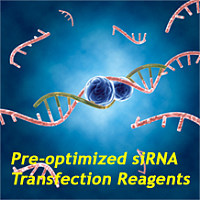Microtransplantation of Nigral Dopamine Neurons: A Step-by-Step Recipe
互联网
1581
The cell suspension grafting procedure, as originally described by (1983 ), has become the standard protocol for the implantation of fetal neuronal cell suspensions to deep brain nuclei. Its major advantages, compared to the earlier studies of transplanting solid pieces of fetal tissue into cortical cavities overlying the caudate-putamen (CPU) or lateral ventricle (Stenevi et al., 1976 ; Bj�rklund et al., 1979 ), have been the ability to graft to intraparenchymal target sites with less trauma and high stereotactic accuracy, and to manipulate the cells prior to implantation. It has become the standard technique for the preparation and implantation, not only of dopaminergic (DA-ergic), but also of noradrenergic, cholinergic, serotonergic, and γ-aminobutyric aid (GABA)-ergic graft tissue since then (Bj�rklund and Dunnett, 1992 ; see also Dunnett and Bj�rklund, this volume). For dopamine (DA)-rich transplants, usually the ventral mesencephalon (VM) of embryonic day 14–15 (E14–E15) rat fetuses are prepared by means of mechanical and enzymatic dissociation (Bj�rklund et al., 1983 ; see also Barker and Dunnett, this volume). However, only 8–10% of these cells are DA neurons (Nikkhah et al., 1993b ): The majority were GABA-ergic and other non-DA neuronal and glial precursor cells.









